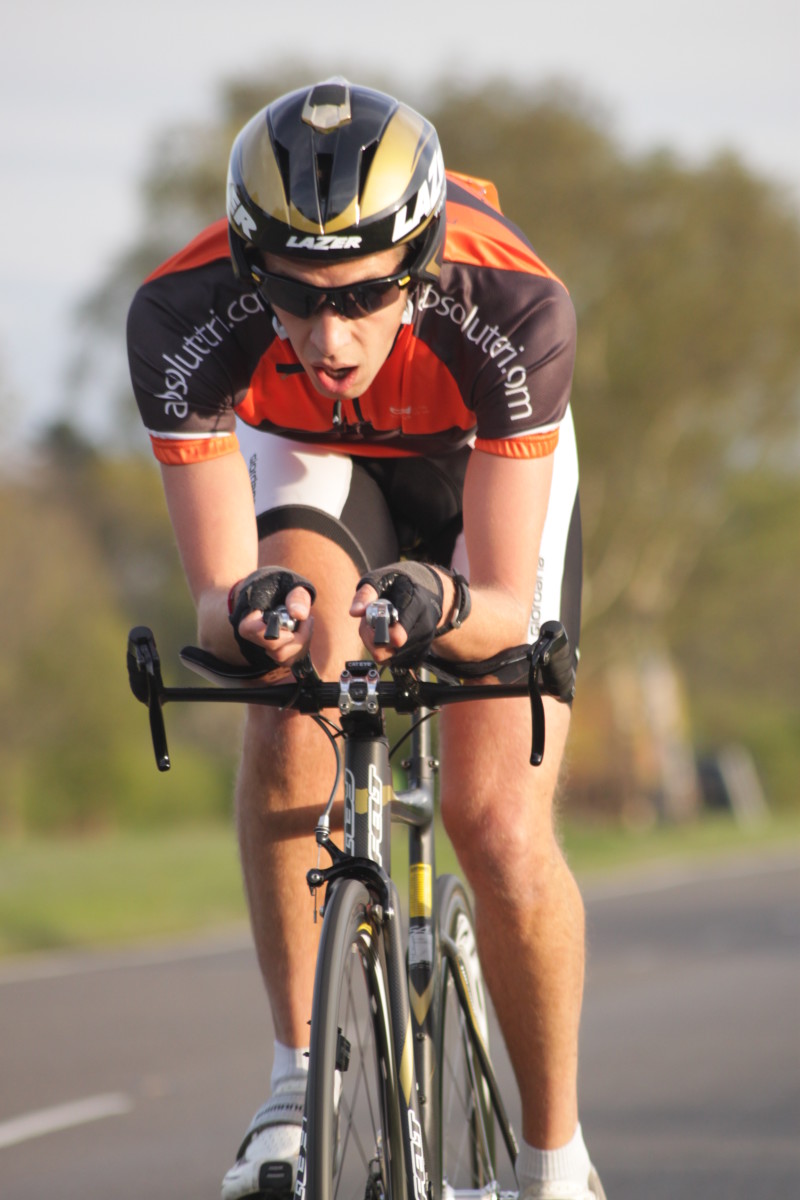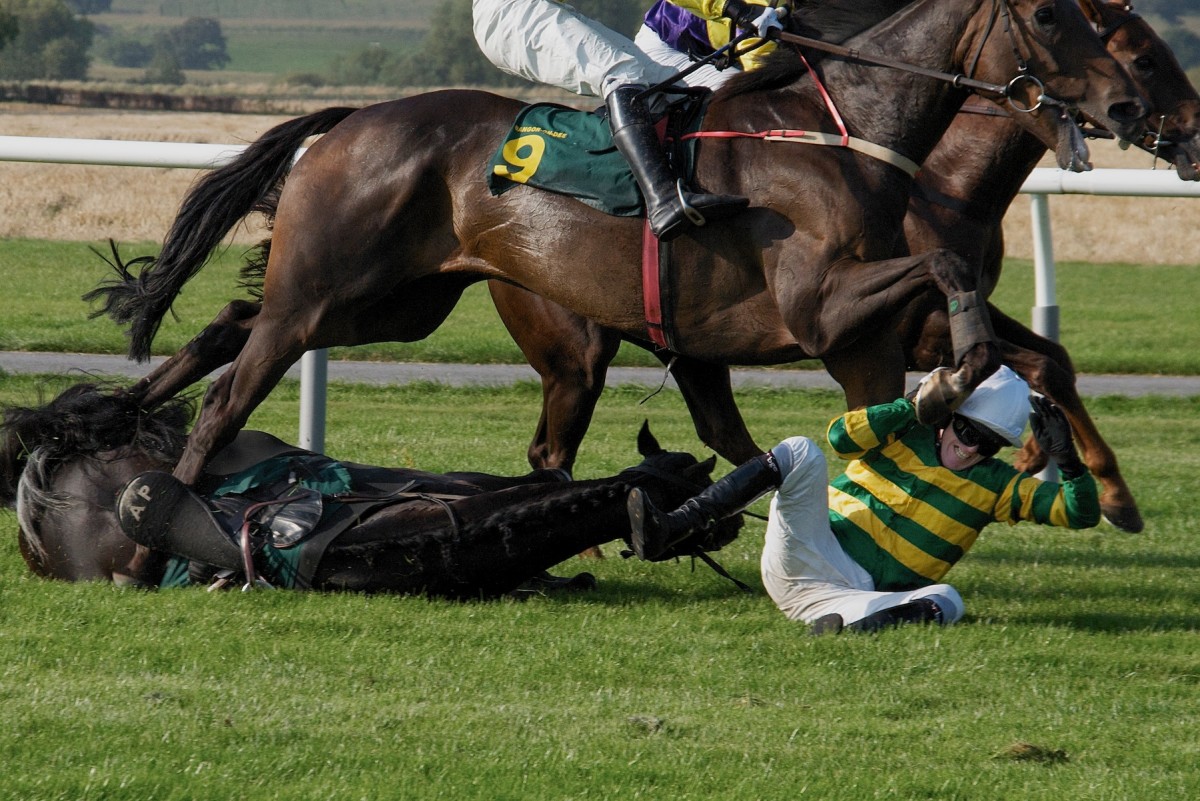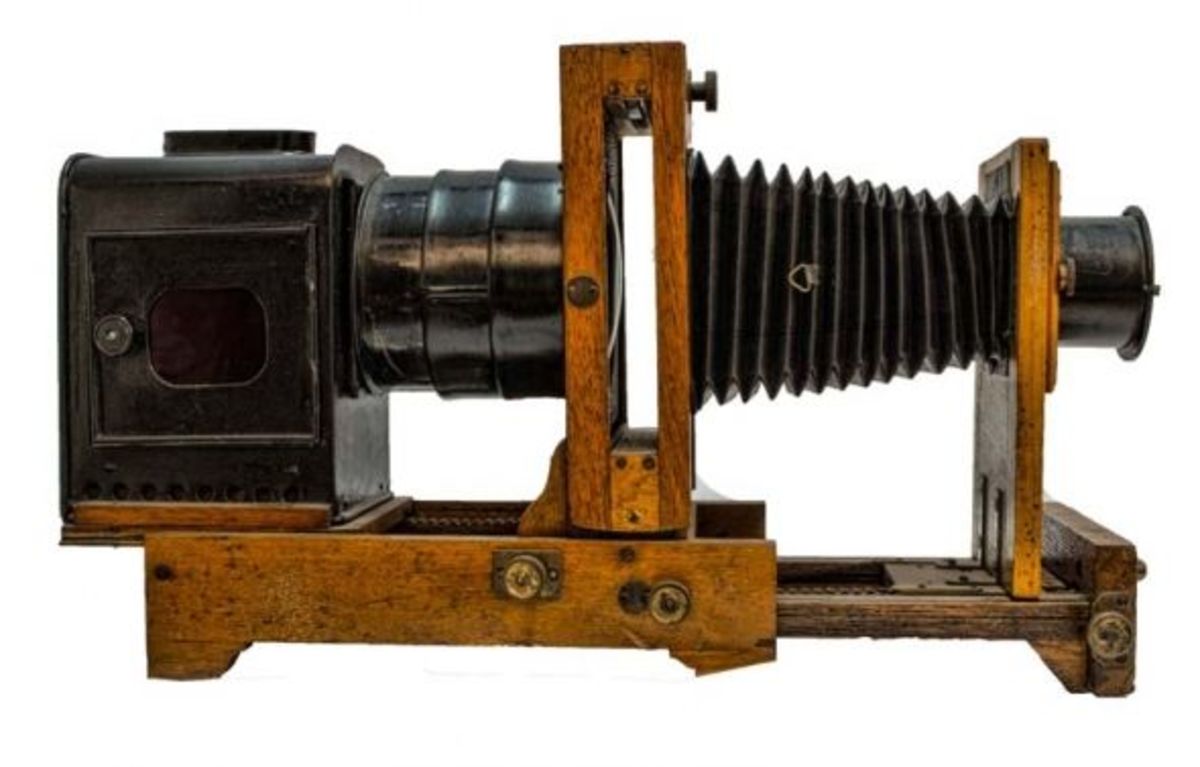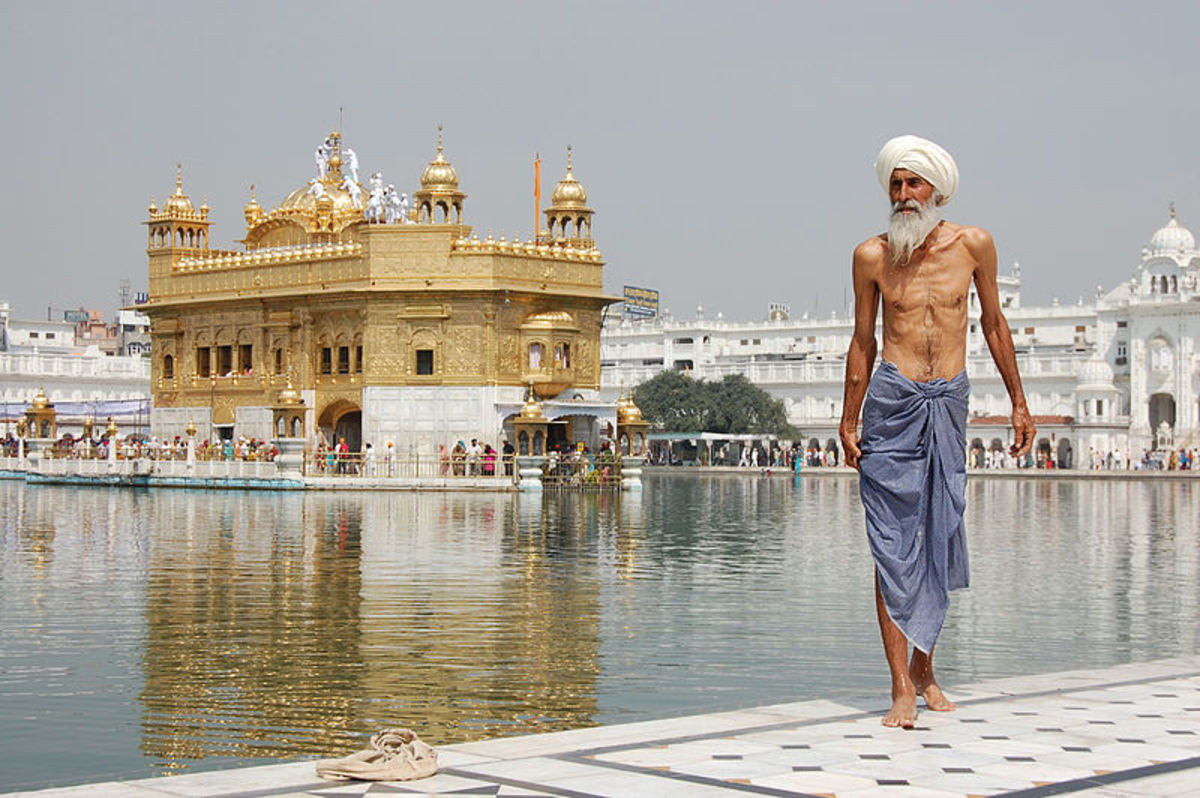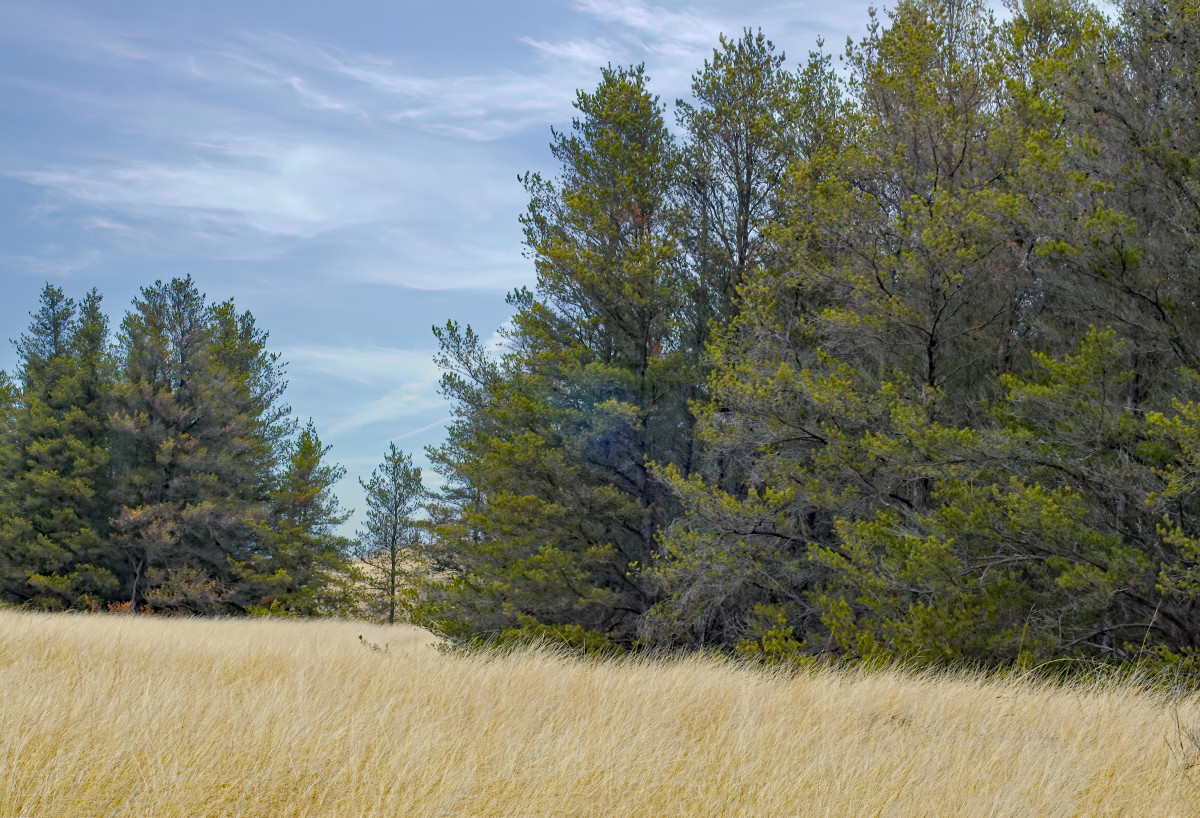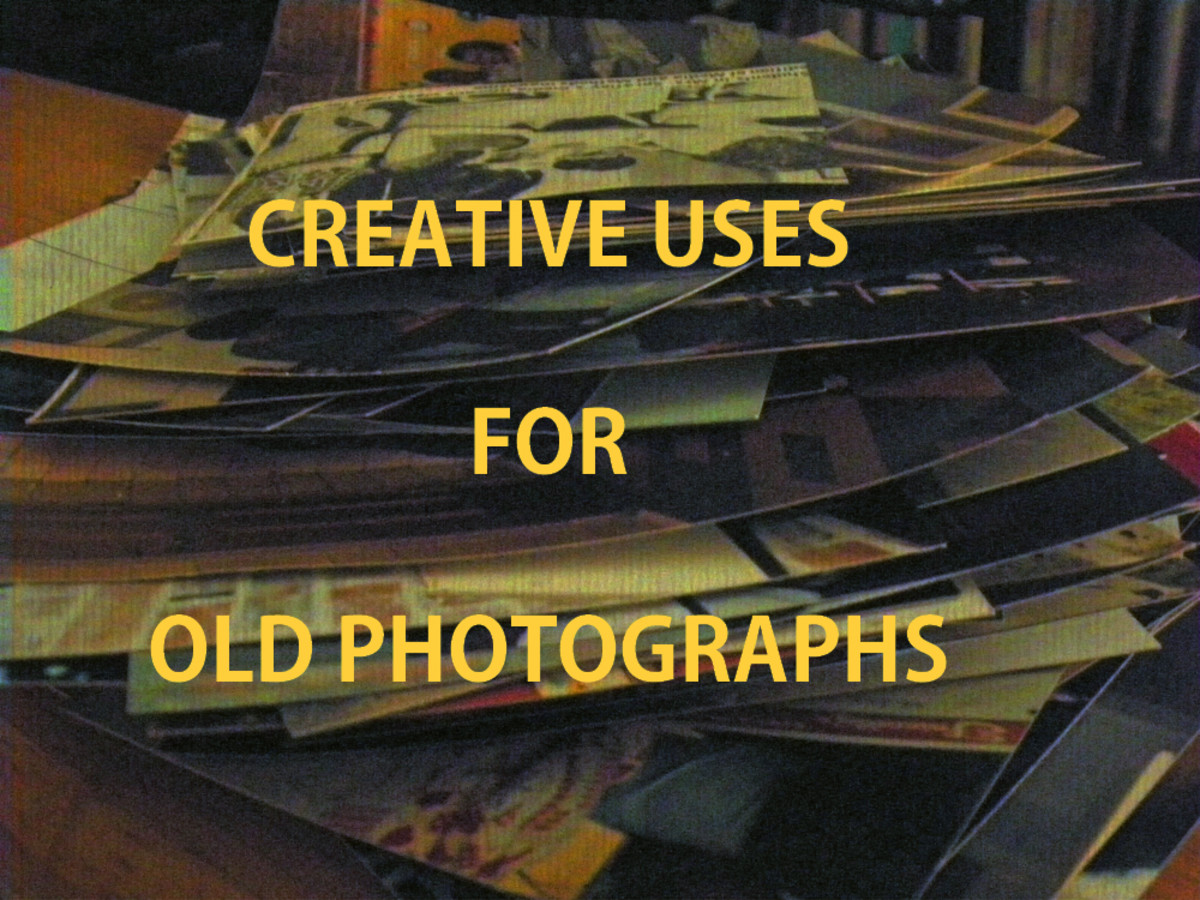What is the best DSLR Camera for Beginners ?

Best DSLR Camera for Beginners
There are so many DSLR cameras for beginners and you have wondered "how do I choose the best DSLR for me?". There are Canon, Nikon, Sony, Panasonic, Olympus, etc and you may have heard that some brand is better than the others. The truth is that all of the above mentioned are reputable companies with a long history and experience in the digital cameras world. You will find alot of discussions over the internet about this topic but the truth is: what really matters is the photographer who makes the photo, the camera just helps him to achieve what he wants.
Basically most of the brands mentioned are good, with Canon and Nikon as the most famous. So, I have chosen some of the best DSLR cameras for beginners to put here and they are all great and produce good quality photos. Keep in mind that there is no "perfect" camera but there is a camera that is perfect FOR YOU. You should know what you need and what you want in your camera (for example, do you need to shoot video or not?) and you also should know the basics of photography in order to understand the meaning of these features. Most of these entry level cameras are so easy to use, it is better though to choose from camera brand you have owned before because it will be much easier for you.
Canon 1000D (Digital Rebel XS)
I definitely had to start with Digital Rebel XS (also known as Canon 1000D). This camera is one of the popular entry level DSLRs. With 10.1 Megapixel resolution, a CMOS sensor and 3fps continuous shooting speed (this is lowered to 1.5 if you are shooting RAW). It has the basic things you need in a DSLR and if it is your first, you will notice a big difference in image quality as compared to any point and shoot camera, thanks to the large sized sensor and better lenses quality (of course, the sensor is bigger than point and shoot cameras but smaller than the high end professional DSLRs).
The camera is compatible with Canon EF and EF-S lenses and comes with the EF-S 18-55mm IS kit lens. The Image stabilization in the lens, the live view and the 10 MP CMOS sensor has helped this camera to be the choice of many beginners and serious amateurs to enter the DSLR world. It also has 7 AF points compared to 3 in some other entry level DSLRs and to 9 AF points in the canon 450D.
The Canon 1000D has no movie mode, so as I said before, you should decide what is important for you and what is not before buying a DSLR. If you are on a budget and don't need video then the 1000D may be your best choice.
Canon EOS 450D (Digital Rebel XSi)
The Canon EOS 450D is considered a step-up from the 1000D. The main differences are the 12.2 Megapixel CMOS sensor , the bigger 3' screen, 2 more AF points (that is 9 AF points!), spot metering and the Highlight Tone Priority option which can give better dynamic range. Spot metering allows you to set the exposure for a small point specifically rather than letting the camera decide.
The 2 cameras are always compared to each other and to be honest, the extra 2 Megapixels may not produce a big difference in image quality, but if you have enough money; why not benifit from the 12 MP, larger images and the above-mentioned advantages over the 1000D. The Canon 450D / Digital Rebel XSi is a great camera with a good build quality and yet light weight which is an important point in favor of the 450D.
Another advantage over the 1000D is that you can use a remote to trigger the camera via the IR sensor on the front. The continuous shooting rate is a bit faster (3.5 fps) but the real advantage over the 1000D is that it is also 3.5fps when shooting RAW compared to 1.5fps in the 1000D/XS.
Canon EOS 500D (Rebel T1i) and 550D (T2i)
I'll put these 2 cameras in comparison as they have many things in common. The two models look almost identical and they share the same AF system, weight, viewfinder and ISO range (100- 12800). Both cameras can shoot movies but the 550 is better as it can record at full HD while the 500D records HD at either 720p in 30fps or 1080p in 20fps!
Some other differences:
Megapixels:
Canon EOS 500D: 15.1 MP.
Canon EOS 550D: 18 MP.
Video: The Canon 500D offers video only in automatic mode compared to the ability to use manual exposure settings and external microphone in the Canon 550D.
Others: The 550D also supports the SDXC and Eye-Fi memory cards.
So, if you really care about movie resolution, how smooth your videos are and the manual settings, the Canon EOS 550 (Rebel T2i) is the best for you. If you don't use video that much, you might consider the less expensive Canon EOS 500D (Rebel T1i).
Nikon D3000
This is one of the most basic Nikon DSLR aimed at beginners with very simply controls and easy to use features (there is also a "Guide" mode for beginners"). It has a 10.2 Megapixels sensor, 11-point AF system, allows 2.9 fps continuous shooting. The Nikon D3000 is an attractive budget DSLR specially for those upgrading from Nikon Point and Shoot cameras.
With this price, it is normal to expect some drawbacks. The camera doesn't offer live view, there is no movie mode. Absence of live view may be bothering if this is your first DSLR as you are not used to looking through the optical view finder; in this case you may consider the D5000.
Nikon D5000
This is one of Nikon's powerful entry-level DSLRs and a strong competitor to the Canon EOS 500D as you will notice. It has a 12.3 MP sensor, live view and it comes with the 18-55mm f/3.5-5.6G VR lens, which is a very good kit lens for the money, which of course means stunning image quality!
One of the other good features of the Nikon D5000 is the fully-articulated screen, which is not available in any of the above mentioned models! This is very useful in photographing from low or strange angles and specifically useful in self portraits.
The Nikon D5000 can record HD movies at 1280 X 720 pixels at 24 fps. The movie mode is better than in other DSLRs in terms of low light shooting and image quality but the bad news is that the length HD movies are limited to 5 minutes versus 20 minutes in other lower resolution.
Many will compare the Nikon D5000 to the Canon 500D. They both have movie modes, live view, etc. The Canon wins in terms of sensor resolution (15.1 Megapixels versus 12.3), depth-of-field preview and it can record 1280 HD movies compared to 720 pixels in the D5000.
But on the other hand, the Nikon D5000 offers the fully articulated screen, a better AF system (11-point versus 9-point) and a time-lapse movie mode.
The Sony A380
Now, I have chosen the Sony A380 as this is a very popular camera for Sony lovers and because of the nice features it has. The sensor resolution is 14 Megapixels and it also have live view, an articulating screen, 2.5 fps continuous shooting (only 2 fps in live view mode) and built in image stabilisation.
You may find some arguments about which camera manufacturer is the best, some people may claim that Canon cameras are better than Sony or vice versa, the fact is, they are all great brands and offer great build quality for their cameras, as I said in the introduction, know what are your needs and study your options before buying your new camera.
Good luck!



